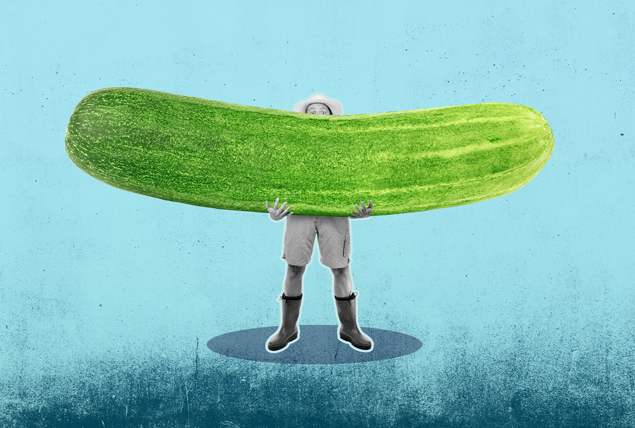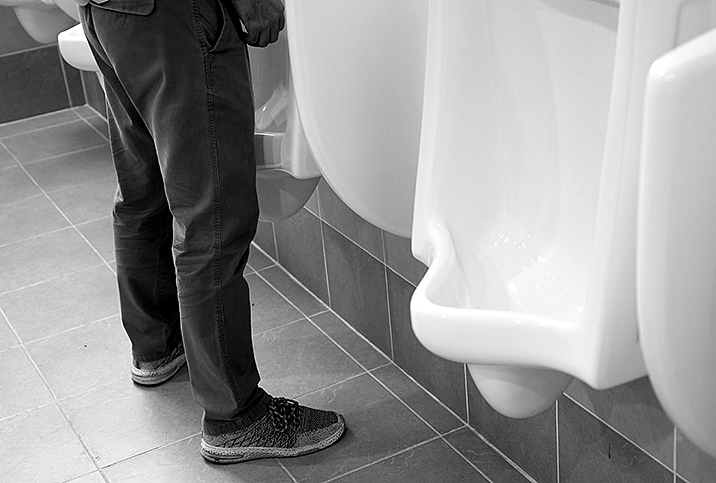Benign prostatic hyperplasia (BPH), or an enlarged prostate (the walnut-sized gland located below a man's bladder and above his rectum), is common among older men. Sometimes BPH can cause problems with urination, if the prostate grows to the point that it constricts the urethra, but many men with BPH are asymptomatic or have only mild or moderate symptoms. Others, however, experience significant issues as a result of the condition.
Common symptoms of BPH include the frequent and urgent need to urinate, difficulty urinating, incontinence, inability to empty the bladder and a weakened urine stream. The severity of the symptoms varies depending on the case, and symptoms do tend to get worse over time, according to the Mayo Clinic.
We gathered five of the most common myths about BPH and researched the actual facts about the condition, so you can debunk any false information you hear.
Myth: BPH leads to prostate cancer.
Reality: The two conditions are not linked. BPH does not increase an individual's risk of getting prostate cancer, though the conditions can cause similar symptoms, according to the National Cancer Institute.
Myth: Getting BPH is a rare occurrence.
Reality: Benign prostatic hyperplasia is actually a common condition among older men, because the prostate, which produces the seminal fluid that transports sperm, naturally enlarges as men age. BPH is the most common prostate issue among men over the age of 50, according to the National Institute of Diabetes and Digestive and Kidney Diseases. The institute also reported that BPH affects about half of men between the ages of 51 and 60, and up to 90 percent of men older than 90.
Myth: BPH always requires medical intervention.
Reality: Plenty of BPH cases require treatment through medication and sometimes surgery, but that's not always the case. As long as your BPH symptoms remain mild to moderate and don't prevent urination, your doctor may recommend that you move forward only with active surveillance. According to the Urology Care Foundation, active surveillance typically involves a yearly prostate exam and healthy lifestyle changes. Medical intervention will become necessary only if symptoms get worse.
Myth: Only older men get BPH.
Reality: It's natural for a man's prostate to grow larger with age and, yes, it's true that more than half of men older than 50 will experience BPH. But it's possible for a man to develop the condition at a younger age. According to medical experts, men younger than 40 can get BPH, but they rarely experience symptoms until they get older.
Myth: Prostate size determines the severity of symptoms.
Reality: The severity of symptoms from BPH doesn't necessarily depend on how much the prostate has enlarged. A larger prostate can definitely cause issues, but doctors have seen plenty of cases in which someone with a larger prostate experiences only mild symptoms, according to the Mayo Clinic. And the reverse is true as well: It's possible for a man with only a slight prostate enlargement to experience severe symptoms.
If you are experiencing any symptoms of BPH, be sure to consult your doctor right away to determine whether you need treatment.















